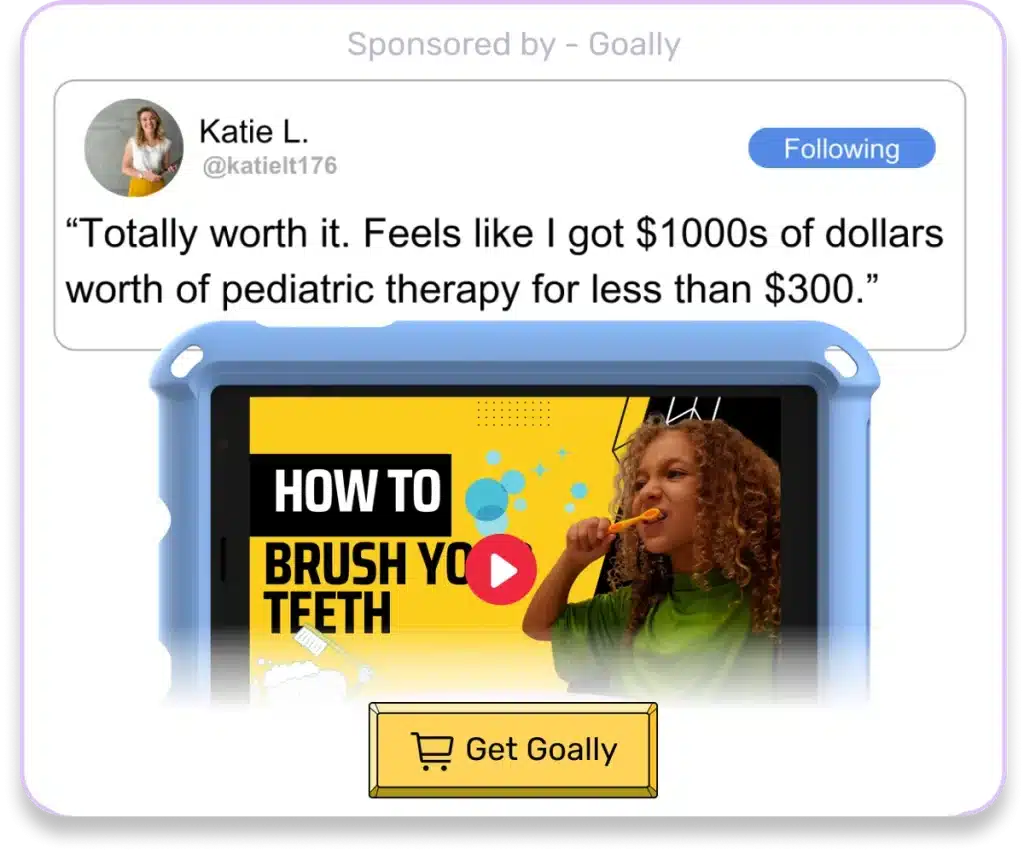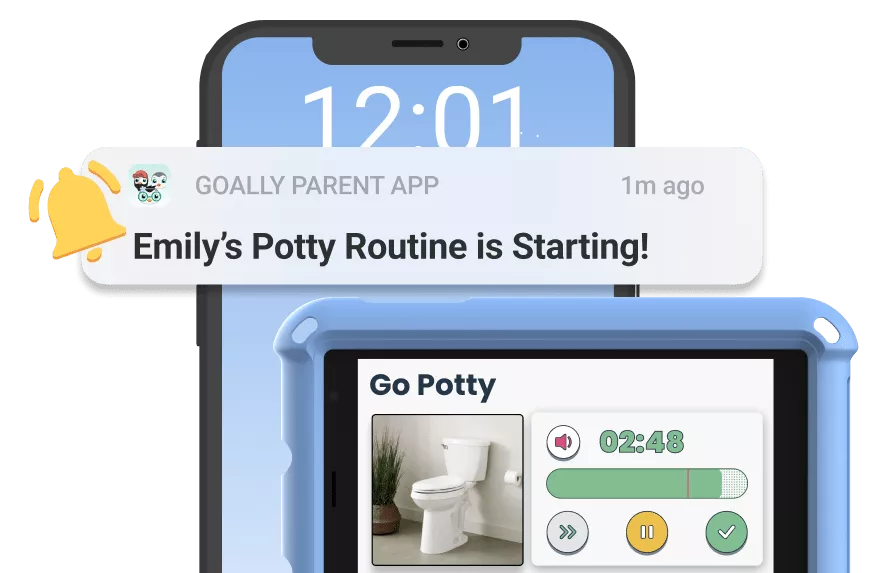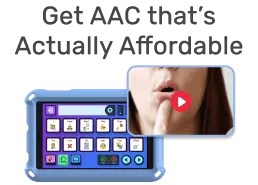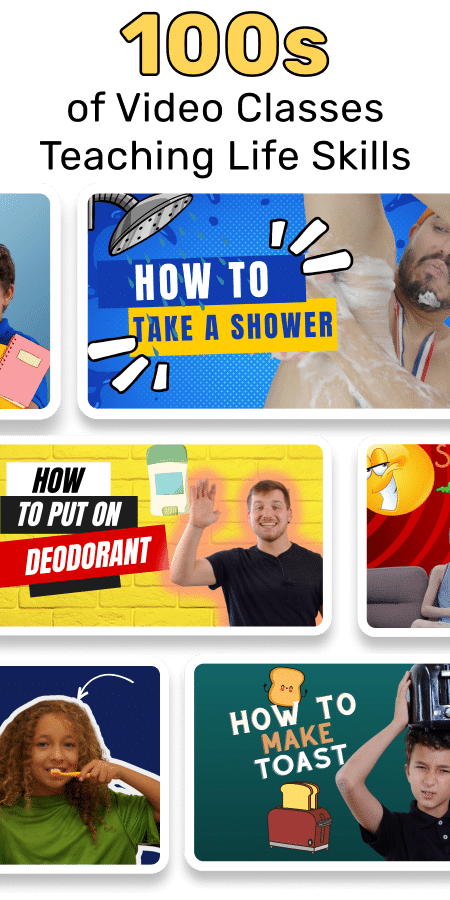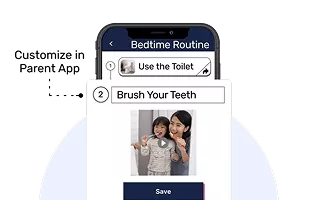Have you ever found yourself in a situation where your child just can’t seem to accept the word “no”? I know it can be tough, especially when emotions are running high and the word “no” feels like a brick wall to them. But learning how to take “no” for an answer is an important life skill that helps kids understand boundaries and develop resilience. In this guide, I’ll walk you through simple, actionable steps to help your child navigate the tricky terrain of hearing “no” and accepting it without a meltdown. Together, we’ll explore ways to make this process smoother, more understandable, and even a little less stressful for both you and your child.
Table of Contents
Step 1: Understand Why “No” is Difficult
It’s important to first recognize why the word “no” can be so challenging for kids, especially those who are neurodivergent. Kids with thinking and learning differences might find it particularly hard to process and accept limits. The emotional response to “no” often comes from a place of disappointment, frustration, or even confusion. Understanding this can help you approach the situation with empathy and patience.
- Kids, especially those with learning disabilities, may see “no” as a personal rejection rather than a boundary.
- Neurodivergent kids might struggle with flexibility in thinking, making it hard to shift from what they want to what they can’t have.
By recognizing these challenges, you can start to address the root of their difficulty in accepting “no.”

Read more: How to Process Emotions
Step 2: Set Clear and Consistent Boundaries
Consistency is key when teaching your child how to take “no” for an answer. Make sure that the boundaries you set are clear and unwavering. Kids need to understand that when you say “no,” it’s not negotiable, but it’s also not the end of the world.
- Clearly define what “no” means in your household. For example, explain that “no” is not meant to hurt feelings, but to set limits for safety and well-being.
- Use consistent language and tone when saying “no” so that your child knows what to expect.
Consistency helps build trust and makes it easier for your child to understand and accept your decisions.
Step 3: Offer Alternatives
One effective strategy is to offer alternatives when you have to say “no.” This gives your child a sense of control and choice, even when they can’t have exactly what they want.
- If your child asks for a treat before dinner, instead of a flat “no,” you can say, “You can have a treat after dinner, or you can have a piece of fruit now.”
- This approach helps shift the focus from what they can’t have to what they can have, making it easier to accept the “no.”
Offering alternatives not only eases the disappointment but also teaches problem-solving skills.
Step 4: Practice Patience and Empathy
Remember, taking “no” for an answer doesn’t come naturally to most kids, especially those who are neurodivergent. It takes time, practice, and a lot of patience from you as a parent.
- Stay calm when your child reacts strongly to “no.” Your calmness will help them regulate their own emotions.
- Acknowledge their feelings by saying something like, “I know you’re upset because you really wanted that, but it’s not possible right now.”
By validating their emotions, you help them feel understood, which can make accepting “no” a bit easier.
Step 5: Reinforce Positive Behavior
Whenever your child accepts “no” without a fuss, be sure to acknowledge and reinforce this positive behavior. This can be as simple as a verbal praise or a small reward.
- Say something like, “I’m proud of you for handling that so well,” or offer a reward system where they earn points or tokens for accepting “no” gracefully.
- Positive reinforcement encourages them to repeat the behavior in the future, making it easier for them to handle “no” over time.
Reinforcing positive behavior helps solidify the lesson and builds your child’s confidence in managing disappointment.
Step 6: Use Role-Playing and Practice
Role-playing is a fun and effective way to help your child practice accepting “no.” Create scenarios where they have to hear “no” and respond appropriately.
- For example, pretend they’re asking for a toy in a store, and you have to say “no.” Guide them through how to respond in a calm and understanding manner.
- Practice makes perfect, and the more your child rehearses these situations, the better they’ll get at handling them in real life.
Role-playing gives your child the tools they need to face “no” with confidence and composure.
Step 7: Teach Coping Strategies
Sometimes, even with the best intentions, “no” can trigger strong emotions. Teaching your child coping strategies can help them manage their feelings in these moments.
- Introduce deep breathing exercises, where they take slow, deep breaths to calm down after hearing “no.”
- Encourage them to take a break and engage in a calming activity, like drawing or reading, to help shift their focus.
Having coping strategies in place empowers your child to handle disappointment in a healthy way.

Read more: I Have No Patience for My ADHD Child | Parent’s Guide
Step 8: Lead by Example
Kids learn a lot by watching how adults handle situations. Show your child that it’s okay to hear “no” and how to respond to it positively.
- Share your own experiences where you had to accept “no” and how you dealt with it. For example, talk about a time when you wanted something but had to accept that it wasn’t the right time or place.
- Modeling this behavior helps your child see that “no” is a part of life and that they can handle it just like you do.
Leading by example is one of the most powerful ways to teach your child how to take “no” for an answer.
Step 9: Be Patient and Consistent
Teaching your child to take “no” for an answer is a process that requires patience and consistency. Don’t be discouraged if it takes time for your child to learn this skill.
- Stay consistent with the strategies you’re using, and remember that progress may be slow but steady.
- Celebrate the small victories along the way, and remind yourself that every step forward is a step in the right direction.
With patience and consistency, your child will eventually learn to handle “no” with greater ease and understanding.
Goally | Skills Training Videos for Kids
Does your child need some extra guidance on building essential life skills? Goally’s TV app for kids has the most robust video library of skills training videos for kids. Ranging from content like “How to Brush Your Teeth” to “How to Make Friends at School,” we have dozens of interactive video lessons for kids with thinking and learning differences.
Dive into the Goal Mine channel, where Puffy the Penguin leads your child through behavior skills training videos. They’ll learn social, hygiene, and living skills that are key to their independence. For those moments when they need a break, the Chill Zone channel offers low stimulation video content with Paulie the Penguin at the beach, perfect for relaxation and self-regulation.
Teaching a kid to take “no” for an answer is a journey that takes patience, consistency, and a lot of practice. Remember, every child is different, and what works for one might not work for another. Be ready to tweak these strategies to fit your kid’s unique needs and personality. With time and persistence, you’ll help them learn a crucial life skill that’ll serve them well into adulthood. By focusing on clear communication, positive reinforcement, and setting a good example, you’re not just teaching them to accept “no” – you’re giving them emotional smarts and resilience that’ll help them in every part of life.
Resources:
FAQs About How to Take No for an Answer
What is Goally's approach to teaching kids how to take no for an answer?
Goally uses task analysis to break down the skill into manageable steps, teaching kids to accept 'no' through video classes.
How does Goally help kids learn to say 'okay' when they hear 'no'?
Goally's video classes model the behavior, provide practice scenarios, and reinforce the response with praise.
How does Goally assist in teaching kids to stay calm after hearing 'no'?
Goally's classes explain emotions, provide coping strategies, and guide kids through practice scenarios to manage their feelings.
Is Goally's method of teaching kids how to take no for an answer effective?
Yes, Goally's step-by-step approach helps kids understand and accept 'no', nurturing their emotional intelligence.
Where can I find more video lessons on teaching kids how to take no for an answer?
More detailed video lessons are available on Goally’s dedicated Tablet.
This post was originally published on 11/02/2023. It was updated on 08/16/2024.

Hennah is an experienced writer and researcher, helping children with autism, ADHD, and other neurodivergent conditions. As a blog contributor for Goally, she combines her deep understanding of neurodiversity with practical advice, offering valuable insights to parents and educators.

